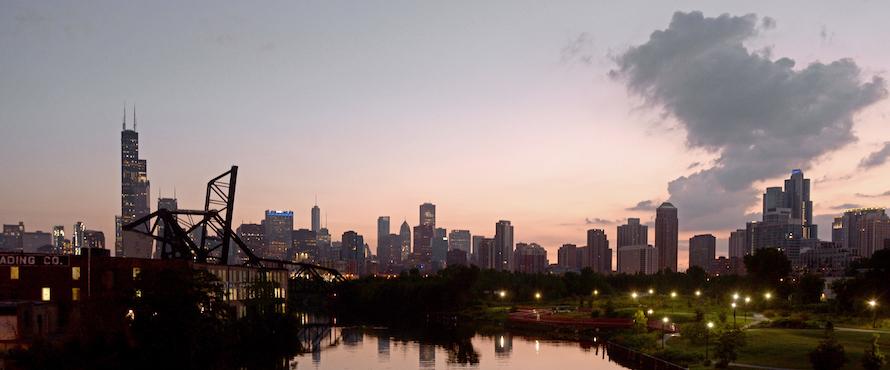Artificial light is causing important behavioral and ecological changes in Chicago’s urban wildlife, according to a study published Aug. 15 in the journal Scientific Reports. The study was performed by a team of seven researchers from Northeastern Illinois University, the Lincoln Park Zoo and Lafayette College.
Using both laboratory and field techniques, the study concluded that exposure to levels of artificial light common in Chicago altered circadian activity patterns and significantly changed animal behavior.
“What we found is that photopollution is causing general changes that could have profound impacts,” said Associate Professor of Biology Aaron Schirmer, the study’s lead researcher. “Our study focused on the impact of photopollution on urban wildlife, but we think the results could be applicable to humans. When we think of the amount of artificial light people are exposed to on a daily basis from televisions, computers and phones, it’s even more than what wildlife are exposed to.”
The research used remote sensing to map variations in nighttime light levels across the Chicago region, and typical nighttime light levels in Chicago were found to alter locomotor behavior in mammals. The implications of this study are significant because they show that lighting could be altering the ecosystem and its inhabitants in negative and potentially dangerous ways.
“If a mouse’s behavior, for example, is altered by artificial light at night this could change the timing of its activity, the size of its range, and its interactions with other organisms in the ecosystem,” Schirmer said. “The downstream impacts of these changes have the potential to alter the entire ecosystem.”
The study’s researchers strongly believe that light pollution should become a standard factor to consider in urban planning and development to protect and preserve green space in Chicago.
“As far as I know, if it is considered, light pollution is often thought of from an astronomy perspective, as in some of the dark sky areas in the U.S., but less so in the ecological/behavioral perspective,” Schirmer said. “I hope this paper sheds some light on this problem and raises awareness and improves urban planning.”
Schirmer’s co-researchers on the study were:
- Caleb Gallemore, Lafayette College
- Ting Liu, Northeastern Illinois University
- Seth Magle, Lincoln Park Zoo, Urban Wildlife Institute
- Elisabeth DiNello, Northeastern Illinois University
- Humerah Ahmed, Northeastern Illinois University
- Thomas Gilday, Northeastern Illinois University








